In this special 75th Independence Day cover feature, we present suggestions to parents on simple but effective ways to educate children about India’s unique freedom movement and the democratic and secular ideals that Mahatma Gandhi and other great visionaries gifted free India, writes Ramya Sakthivel & Cynthia John

Sentient educators and intellectuals are unanimous that educating children about the democratic, egalitarian and secular values incorporated into the Constitution of India is important because on its 75th Independence Day, the nation is deeply divided on religious, caste, and ideological fault lines.
As the nation begins its year-long celebration from oppressive and well-disguised exploitative British rule, this is a good time for parents to educate their children about the country’s unique and unprecedented freedom movement led by Mahatma Gandhi and a pantheon of extraordinary visionaries who united 525 princedoms and principalities and conceptualised the idea of a democratic, secular India governed by rule of law and comprehensive Constitution. Despite 105 amendments it has ensured — to the surprise of most political pundits of the time — survival of India as a liberal democracy.
This is especially important because Gen Z is exposed to a barrage of trivial lifestyle information and content on social media pandering to Western culture and mores. Counter propaganda at home is necessary for children to experience the pride of India’s rich culture and traditions, and comprehend the significance of the democratic, egalitarian and secular principles of the Constitution.
“It’s very important that every parent educates children about our country’s hard-won freedom struggle, visionary leaders and high ideals incorporated into the Constitution. This will make them aware of the country’s heritage and diverse culture, and motivate them to discharge their duties as good citizens,” says Juhi Singh, a Bengaluru-based homemaker and mother of seven-year-old twin girls. “I show my twins patriotic movies, while reiterating that it’s the duty of every individual to work for the welfare and development of all citizens. More recently, I’ve been encouraging them to watch the Commonwealth Games to experience the joy and pride of the country’s athletes winning medals,” says Singh.
In this special 75th Independence Day cover story, we present suggestions and recommendations for parents to educate their children about India’s freedom movement and the uniquely non-violent and secular ideals that Mahatma Gandhi and other leaders of the independence struggle gifted free India.
Hoist the national flag
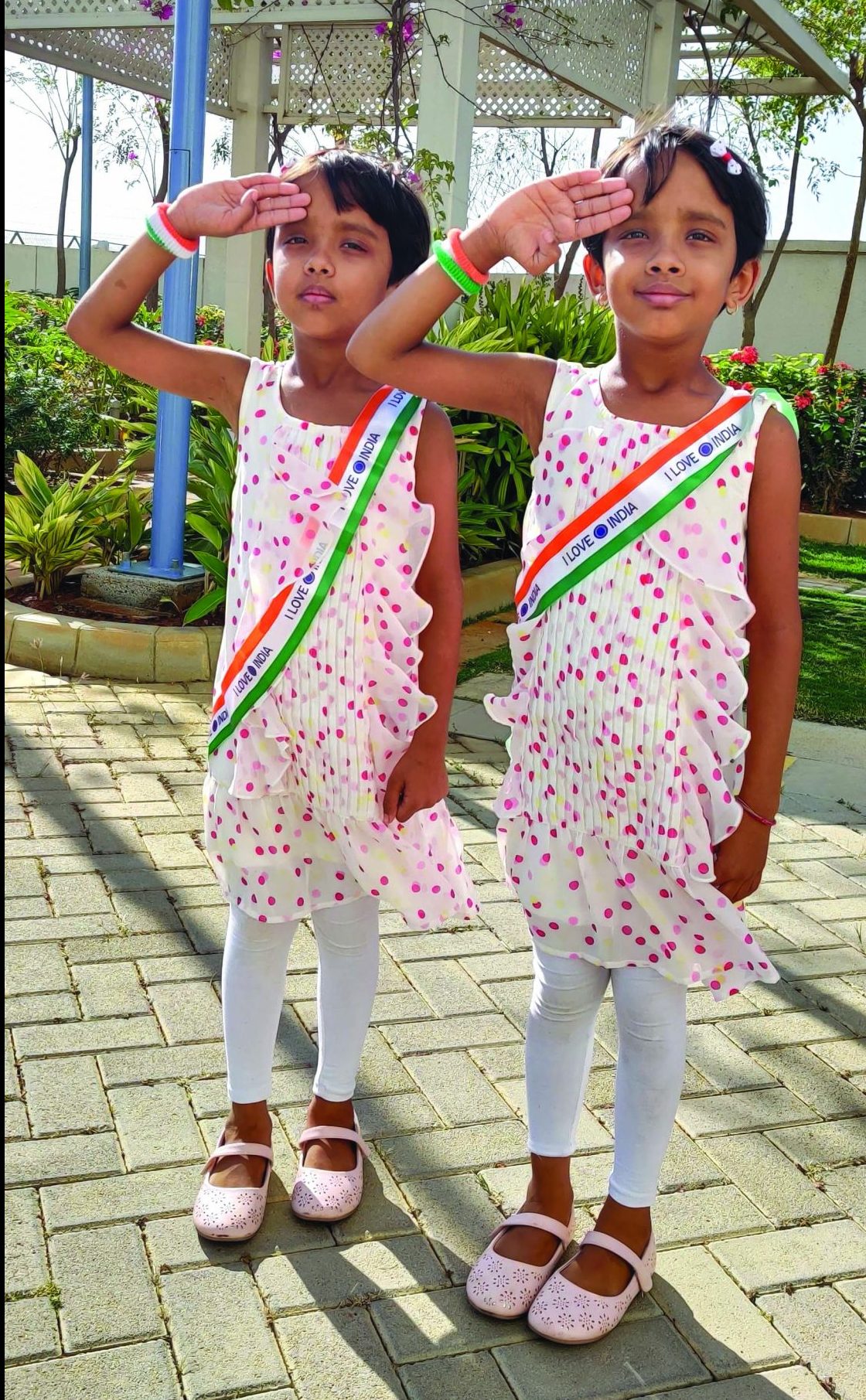 Har ghar tiranga is a campaign of the Central government to advise every Indian to hoist the national flag at home from August 13-15 to mark the country’s 75th Independence Day. Citizens are also entreated to pin their location virtually on https://harghartiranga.com/ to confirm they have done so. The Amrit ka Mahotsav Instagram and Facebook pages also offer interesting tricolour filters.
Har ghar tiranga is a campaign of the Central government to advise every Indian to hoist the national flag at home from August 13-15 to mark the country’s 75th Independence Day. Citizens are also entreated to pin their location virtually on https://harghartiranga.com/ to confirm they have done so. The Amrit ka Mahotsav Instagram and Facebook pages also offer interesting tricolour filters.
Sign up for this campaign and encourage children to actively participate in hoisting the tiranga/tricolour at home. Interpret the colours of the national flag for them.
Saffron — Courage and sacrifice
White — Truth and peace
Green — Faith and strength
Charkha — Welfare of all
Here are some interesting facts about the tricolour:
• It was designed by Cambridge (UK)-educated Pingali Venkayya (1878-1963), a polygot lecturer, author, educationist and agriculturist who spoke several languages including Japanese. In 1921, he submitted the first iteration of the flag to Mahatma Gandhi. It was coloured red and green — the red representing Hindus and green Muslims. On Gandhiji’s suggestion, Venkayya added a white section to represent all other religions of the country, and a charkha/spinning wheel to denote rural industry. In 1931, the All India Congress Committee reordered the stripes, changed the red to orange to finalise the design of the tricolour.
• Until 2004, lay citizens were not allowed to display the national flag except on select days. However after a decade-long legal wrangle, steel tycoon and educationist Naveen Jindal won all Indians the right to respectfully display the tiranga on all days of the year. In January 2004, the Supreme Court ruled that the right to display the flag falls within the ambit of Article 19 (1) (a) of the Constitution which confers the fundamental right of freedom of expression — subject to reasonable restrictions — upon all citizens. Consequently, all citizens are entitled to hoist and respectfully display the tricolour in their homes, offices, and elsewhere.
Inspire children with stories of of the freedom movement
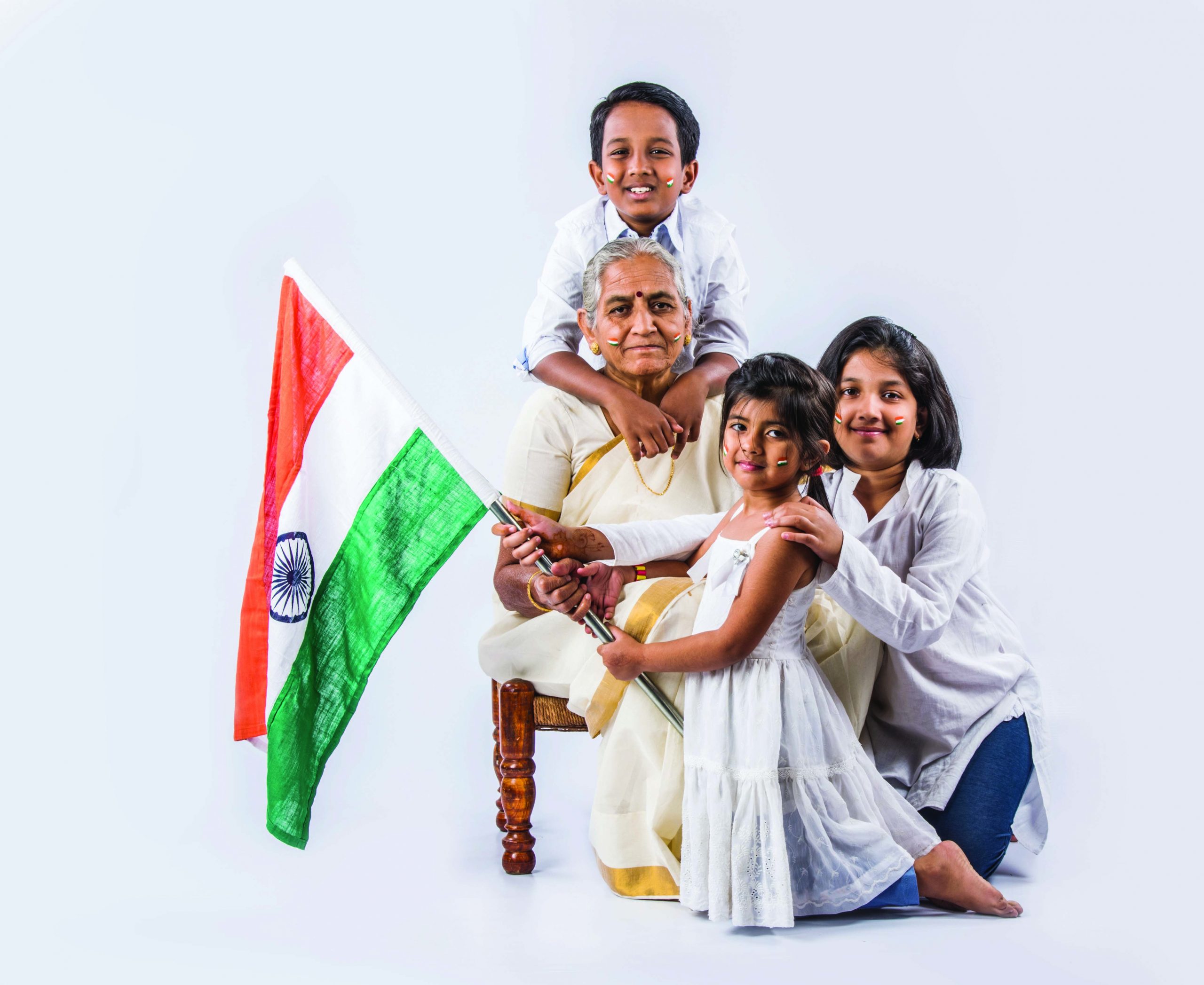
Children love to hear stories. Use this occasion to narrate stories about India’s freedom fighters and their determination to free our people from oppressive foreign rule. “When India won its independence in 1947, my father-in-law was in his early teens. Subsequently he shared many stories about the freedom struggle with the family including his grand-children. Moreover, we live in Port Blair in the Andaman Islands whose most famous heritage monument is the Cellular Jail — where the British incarcerated and tortured many of our freedom fighters. There is a rich legacy of stories about their struggles and sacrifices. I make it a point to highlight the valour and sacrifice of political prisoners who were imprisoned in the jail to my daughter Sai Shivani so she can appreciate and value her freedom,” says Karthika K, a homemaker.
Passing on stories orally, reading books and watching movies are great ways to educate children about India’s freedom movement. Some recommendations:
Movies. Gandhi, Lagaan, Rang de Basanti, Mangal Pandey — The Rising, Netaji Subhas Chandra Bose — The Forgotten Hero and The Legend of Bhagat Singh.
Books. India’s Freedom Story (2021, Harper Collins), Stories about Freedom Fighters (2010, Amar Chitra Katha), Freedom at Midnight (2011, William Collins Sons & Co. Ltd), and Warriors for Freedom (2010, Amar Chitra Katha).
Raise India’s standing through sports
Independence Day also provides parents an opportunity to exhort and inspire children to raise the country’s standing in the community of nations by excelling in sports and games. During the recently concluded Commonwealth Games when sportspersons including table tennis champion Sharath Kamal, boxing champ Nikhat Zareen and badminton stars P.V. Sindhu and Lakshya Sen won gold medals, Indian hearts swelled with pride and the country received a huge image boost. Parents can make a valuable contribution by way of inspiring children to play, train and benchmark themselves with the world’s best athletes and sportspersons and aspire to don India colours.
“I make my children watch sports-based movies such as Dangal and Dhoni, and inspirational matches and interviews of India’s sports champions. Playing for India is one way to show love for your country. There are hundreds of children and young athletes who are training hard to excel in games to make India proud. One of the proudest moments for an Indian is to hear the national anthem being played when our athletes win gold,” says Juhi Singh (quoted earlier) who hopes her seven-year-old twins will take to sports and represent India.
PW’s sports movies recommendations for children during the 75th year: Bhaag Milkha Bhaag, Dangal, MS Dhoni, Kai Po Che, 1983, Mary Kom and Gold.
Celebrate freedom fighters
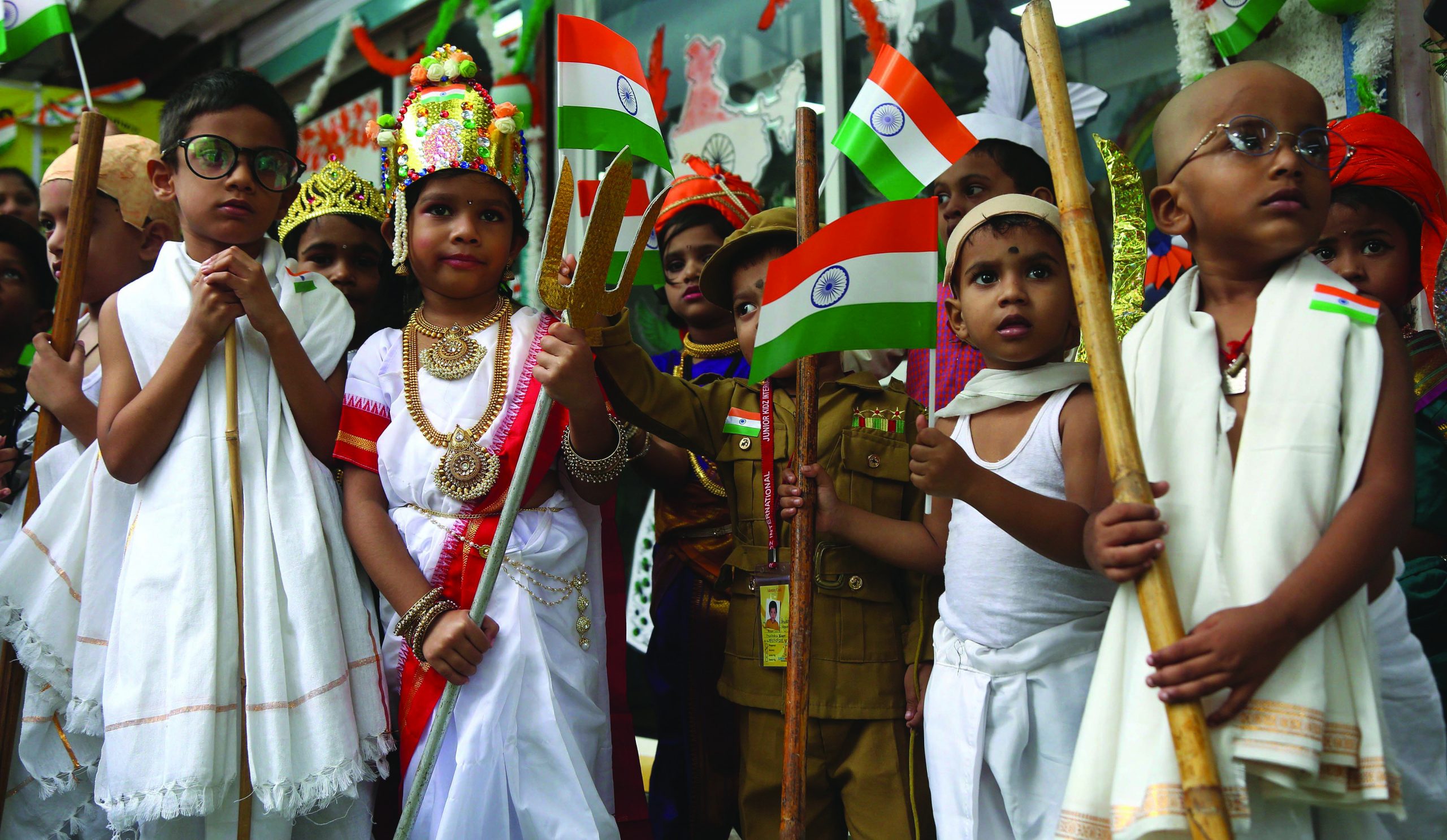
The Union government’s Azaadi ka Amrit Mahotsav (elixir of freedom) programme includes a campaign to commemorate heroes and milestone events of the freedom movement. Through the year, schools and colleges across the country will mark special milestones of the freedom struggle such as Declaration of Provisional Government of Free India by Netaji Subhas Chandra Bose (October 21, 1943), Quit India Movement Day (August 8, 1942), Shaheed Diwas (March 23) etc. Moreover the Union ministry of culture has invited children and youth to participate in competitions such as Desh Bhakti Geet Contest (patriotic song writing contest) and Rangoli design competitions.
In a nation with poor cultural and historical memory, encouraging children to celebrate India’s freedom fighters is a good way to provoke interest in history. Story-telling sessions, theatre performances, essay writing, role play among other activities can instil national pride.
“Every year, my daughter dresses up as a freedom fighter during Independence Day celebrations at her school. To prepare for this role play, I help her research a particular freedom fighter’s life story and narrate it to her class. At home also, I encourage her to role play her favourite freedom fighters and enact their life stories. This learning-by-doing is a great way for children to experience, appreciate and value the sacrifices made by leaders of the freedom movement,” says Sneha K.S, marketing manager, Brand Mirchi, Bengaluru and mother of eight-year-old Tanishka.
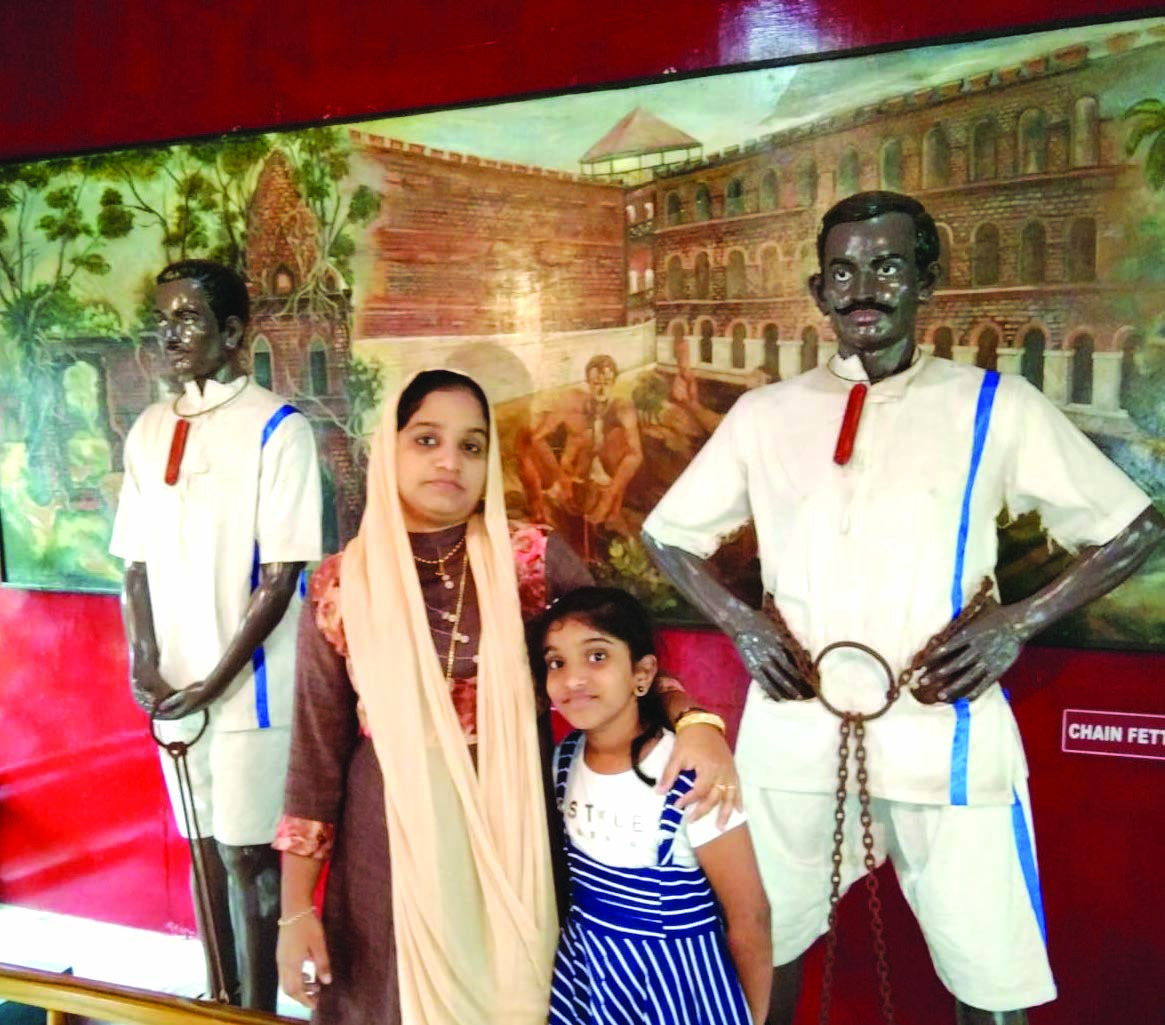
Educational tours
This year, families can go off the beaten track to include a visit to monuments commemorating India’s freedom struggle. They offer the opportunity to educate children about events and people associated with the independence movement.
“I took my daughter, Raseeena Nisha, to visit the Cellular Jail and Flag Point in Port Blair, Andaman Islands. We also attended the son et lumiere show recounting the history of the jail and how our freedom fighters resisted British torture and never gave up on the cause of India attaining freedom from foreign rule. The Flag Point visit was also memorable because Netaji Subhas Chandra Bose hoisted the national flag here in 1943. Taking children on educational tours of monuments associated with India’s freedom struggle is the best way of reliving our history,” says Shaina Begum, a homemaker and mother of two teens.
ParentsWorld suggests five monuments/sites that parents and children could visit in this landmark year.
Sabarmati Ashram, Ahmedabad
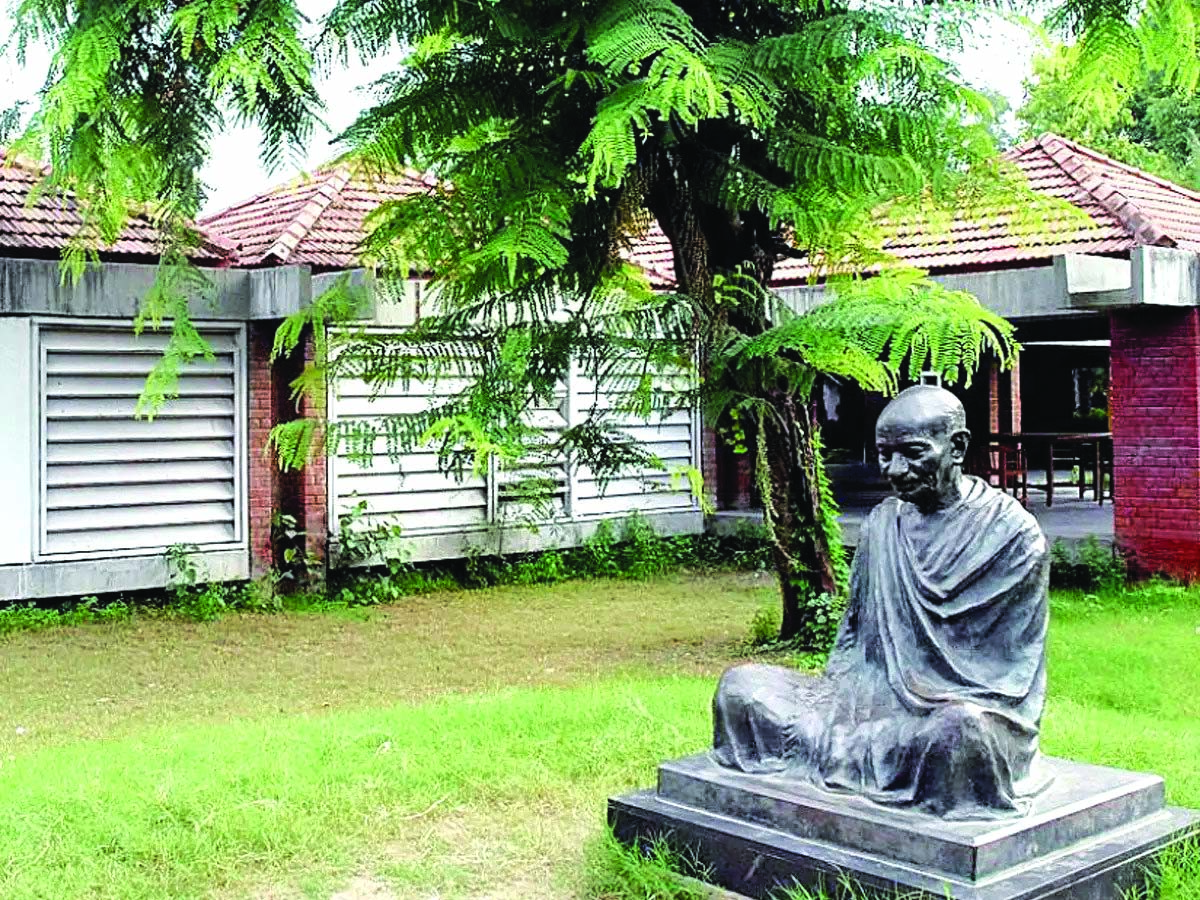
Set on a 36-acre campus on the banks of River Sabarmati, this ashram was Mahatma Gandhi’s headquarters from 1917-1930, from where he master-minded India’s uniquely non-violent freedom struggle. It’s said that Gandhi chose this site because it lay between a jail and cemetery, in which most satyagrahis (non-violent resisters) were likely to end up. It now houses a museum with a library and photographic archives which trace the life and times of Mahatma Gandhi (1869-1948) widely acknowledged as the father of independent India.
Jhansi Fort, Madhya Pradesh
Built in 1613, the Jhansi Fort, sited in the eponymous city (103 km from Gwalior), was one of the epicentres of the Indian Mutiny of 1857 (aka India’s First War of Independence). It was here that warrior queen Rani Lakshmi Bai led an army against the British East India Company forces. Grandiose in its architecture, and spread across 16 acres, the fort features a diorama displaying the bloody battle where the Rani valiantly but unsuccessfully, fought against the British. Also check out the Kadak Bijli cannon used in the Sepoy Mutiny and a memorial board displaying the point from which Rani Lakshmibai jumped on horseback from the fort tower.
Red Fort, Delhi
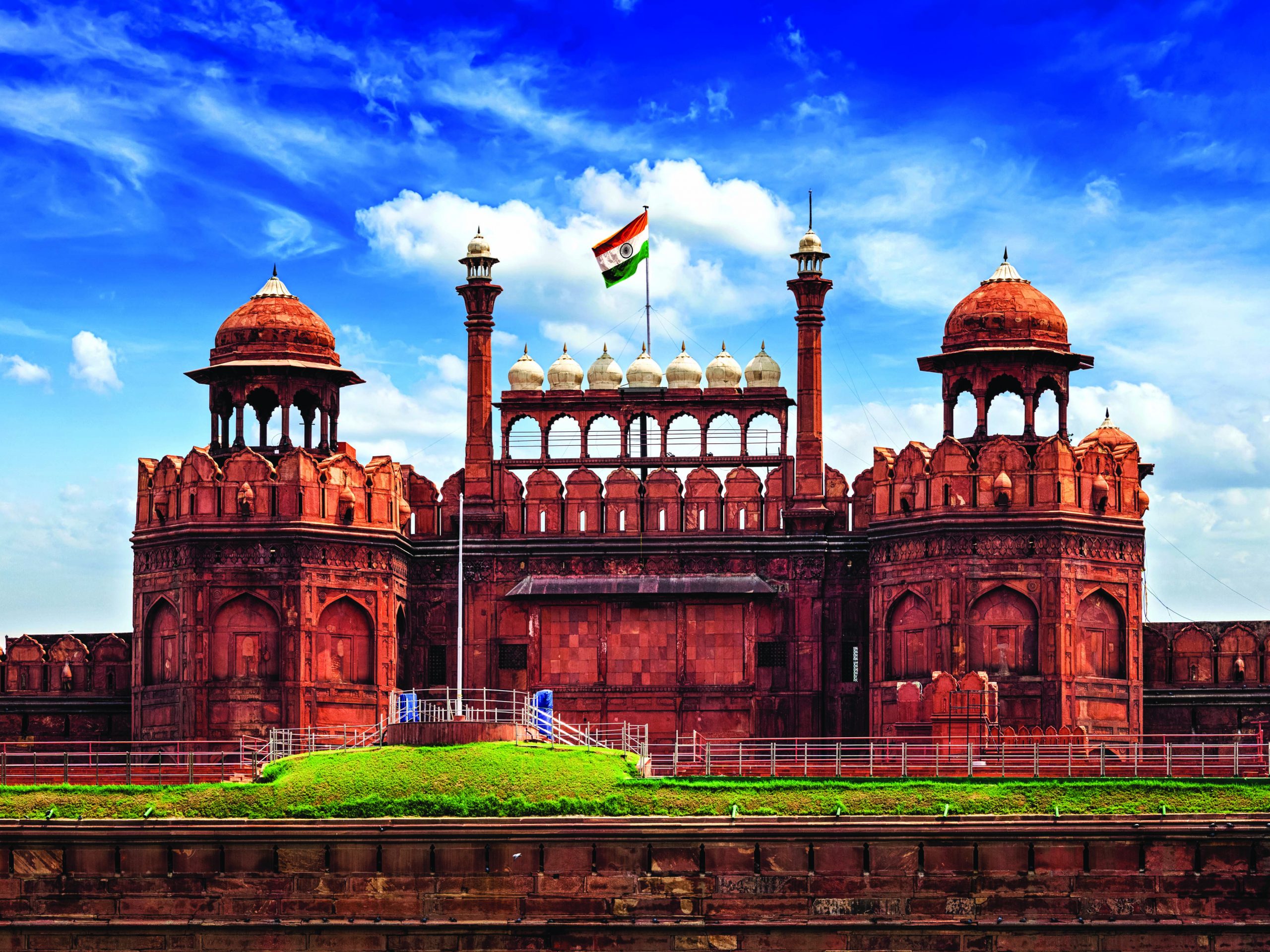
This ornate red sandstone fort, built by Mughal emperor Shah Jahan in 1648, is the site on which independent India’s first prime minister Jawaharlal Nehru hoisted the newly designed national flag of free India on August 15, 1947. This is now an established annual tradition. Every year, the incumbent prime minister unfurls the tricolour at the fort amidst cheers and celebrations. Sited on the banks of the river Yamuna, the fort houses a number of grand structures including the Delhi Gate, Lahori Gate, Rang Mahal and Khas Mahal.
The Jallianwala Bagh Memorial, Amritsar
This memorial commemorates an estimated 1,500 Indians who defying irrational curfew orders had peacefully assembled at Jallianwala Bagh on April 13, 1919 and were cruelly massacred. A battalion commanded by General R.E.H. Dyer continued shooting down unarmed protesters until their ammunition was exhausted. Some bullet holes are still visible on the walls of the park as is the well into which hundreds desperately leapt into to escape the hail of bullets. Today the 6.5-acre garden commemorating the dead is located in the vicinity of the Golden Temple, the holiest shrine of the Sikh community.
Netaji Bhawan, Kolkata
This heritage building houses a museum, archives and library commemorating the life of Netaji Subhas Chandra Bose (1897-1945), a stalwart of India’s independence movement. It was from here that Netaji made his famous escape from house arrest in January, 1941 and fled to Japan via Europe and subsequently, mobilised volunteers for the Indian National Army in Singapore. Some of the unique items displayed at the museum include postage stamps, German military documents, and Azad Hind journals. Sited on Elgin Road in the heart of Kolkata, this quaint house was built by Bose’s father in 1909 and is now managed by the Netaji Research Bureau.


























